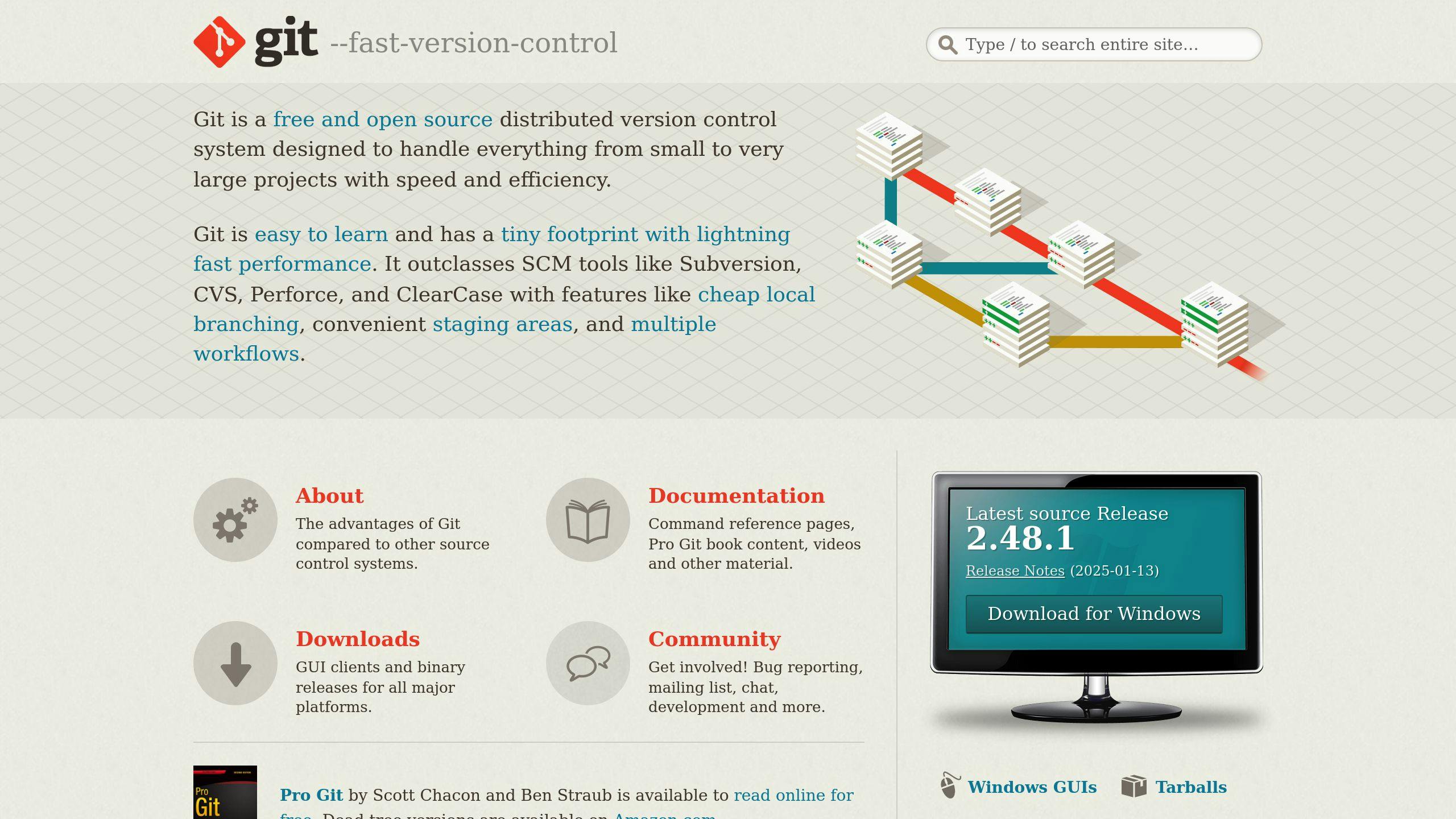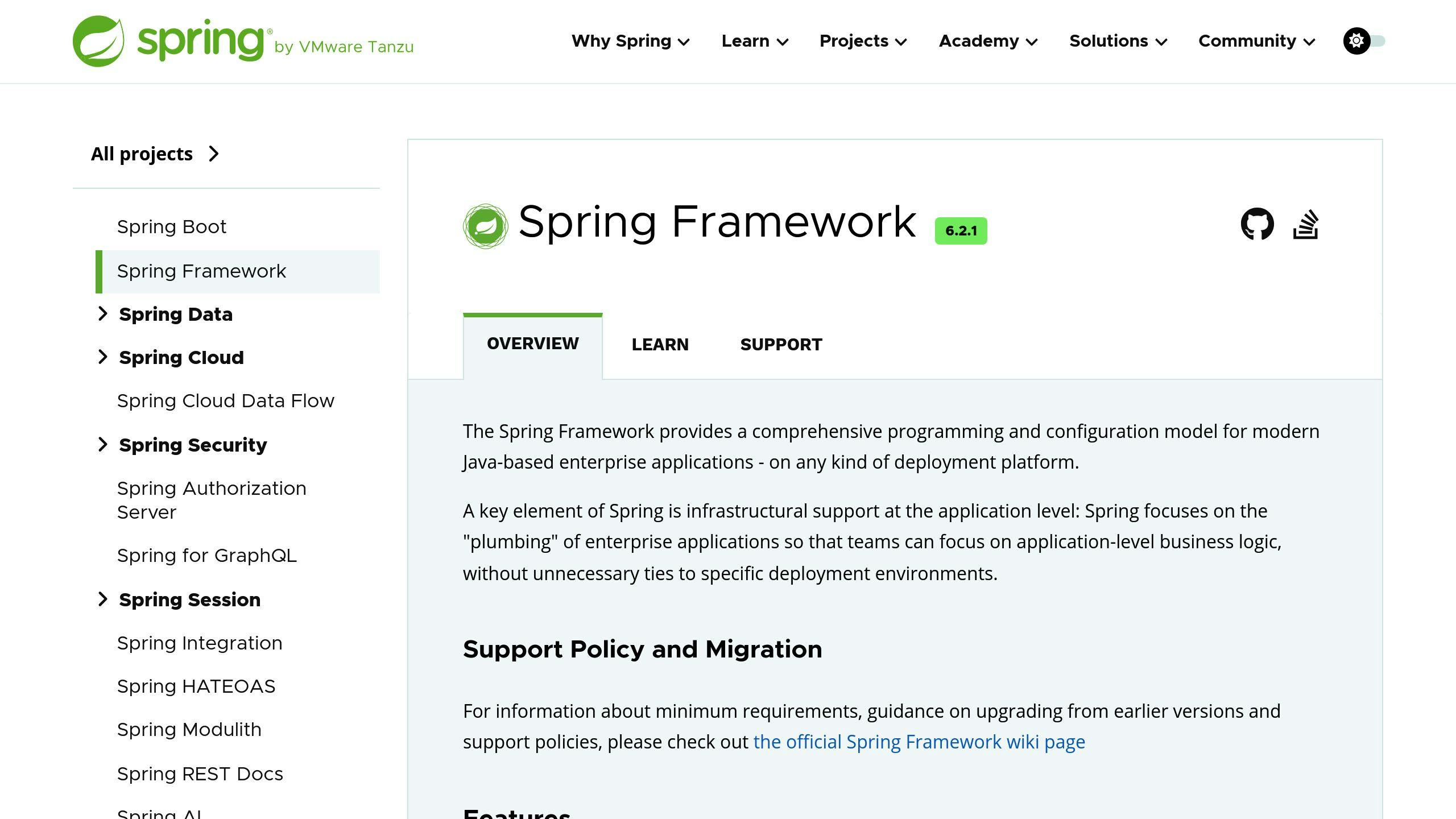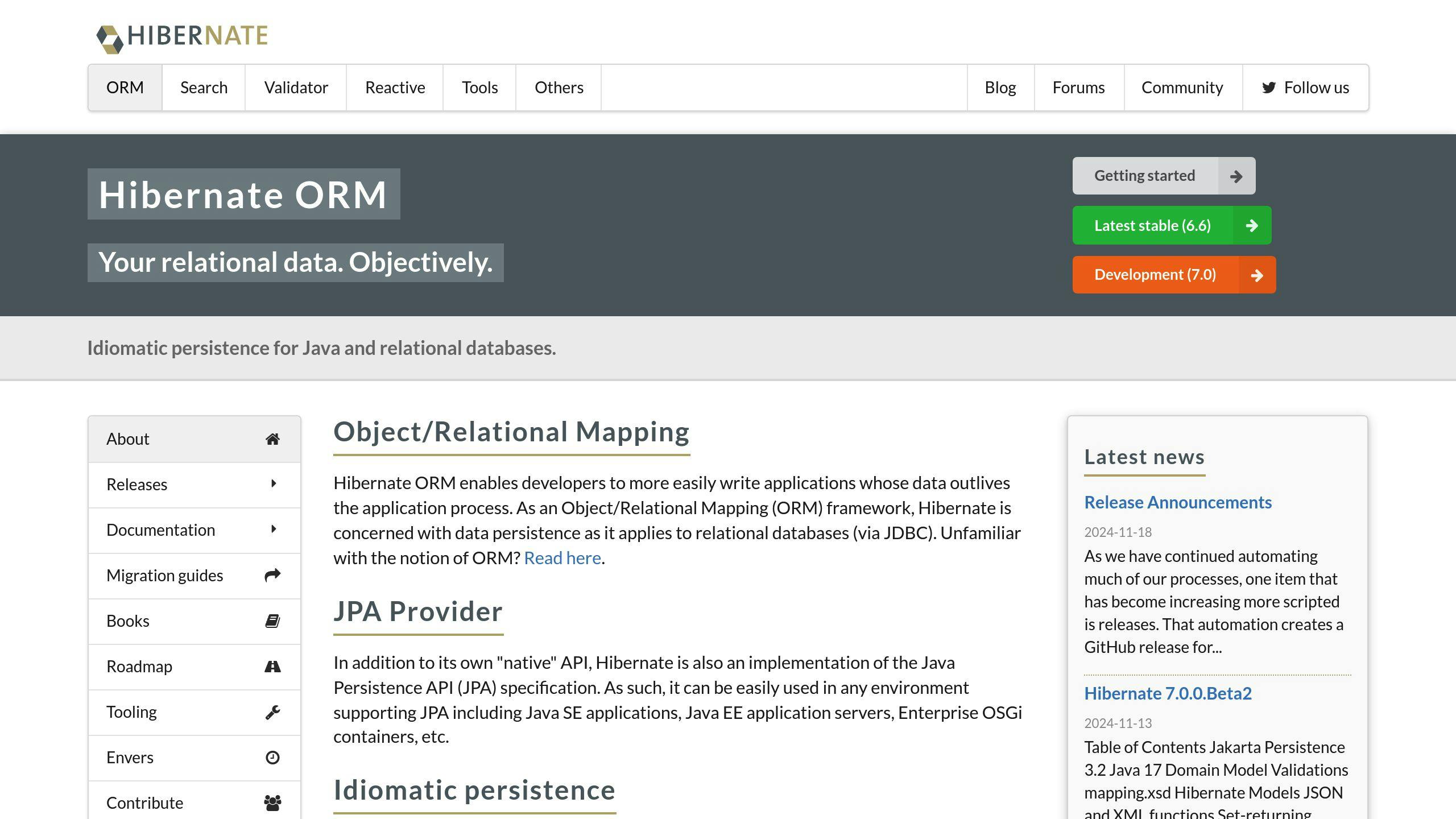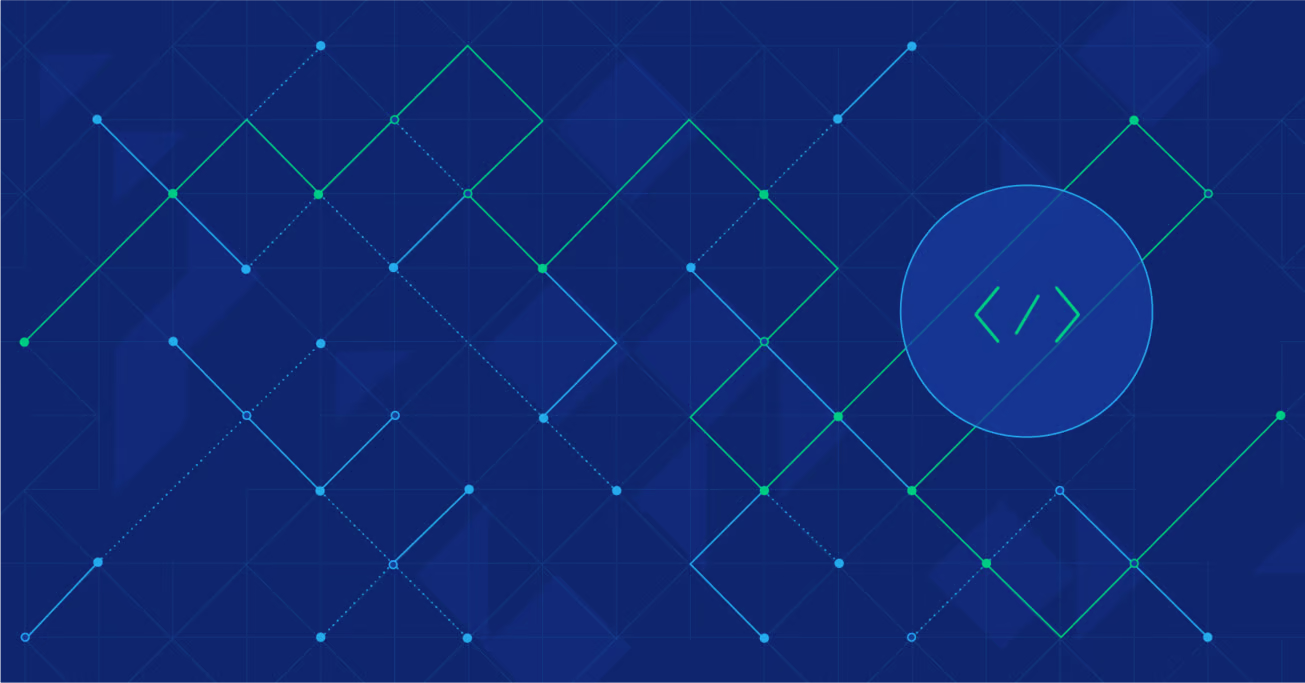A full stack Java developer course teaches you how to build complete web applications, covering both front-end and back-end development. Here’s a quick breakdown of the key skills and topics you’ll learn:
- Core Java Programming: Basics, OOP concepts, advanced features like multithreading, and error handling.
- Front-End Development: HTML, CSS, JavaScript, and frameworks like ReactJS for creating interactive user interfaces.
- Back-End Development: Spring Framework, Hibernate, and RESTful services for server-side logic.
- Database Management: Working with SQL (MySQL) and NoSQL (MongoDB) for data storage and retrieval.
- Version Control: Using Git for collaboration and tracking changes.
- Testing and Deployment: Tools like JUnit, Selenium, and CI/CD pipelines for reliable and scalable application deployment.
You’ll also work on real-world projects, such as e-commerce platforms and chat applications, to gain hands-on experience. This combination of skills prepares you to handle all aspects of modern web development.
Ultimate Roadmap for Full Stack Java Developer
Key Topics in a Full Stack Java Developer Course
A full stack Java developer course delves into various technical areas essential for building complete web applications. Here are the core topics that form the backbone of full stack Java development.
Java Programming Basics and Advanced Concepts
Java serves as the starting point for full stack development. Courses typically guide learners from the basics to more complex topics, equipping them to build reliable applications.
- Basic Concepts: Core syntax, variables, and control structures
- Object-Oriented Programming: Classes, objects, inheritance, and polymorphism
- Advanced Features: Multi-threading, lambda expressions, and generics
- Error Handling: Techniques for managing exceptions and debugging
Working with Databases
Managing data efficiently is a critical skill. Courses cover both relational and NoSQL databases to ensure a strong grasp of data storage and retrieval.
| Database Type | Key Topics |
|---|---|
| Relational (MySQL) | Writing SQL queries, normalization, and database design |
| NoSQL (MongoDB) | Document storage, flexible schemas, and scalability |
| Integration | Connecting databases, using ORM tools, and data modeling |
This knowledge enables developers to handle data securely and effectively, even in large-scale applications.
Using Git for Version Control

Version control is essential for tracking changes and working with teams. Git is a powerful tool for managing code history and collaboration.
Key areas include:
- Repository Management: Setting up and maintaining repositories
- Collaboration: Branching, merging, and resolving conflicts
- Workflow: Pull requests and conducting code reviews
Git ensures smooth teamwork and helps maintain high-quality code.
Once these skills are established, the next focus is on front-end development to design user-friendly interfaces.
Front-End Development Skills
Front-end development is all about creating user-friendly and interactive interfaces. For a full stack Java developer, mastering this area is essential to building modern, responsive web applications.
HTML and CSS for Web Design
HTML defines the structure of web pages, while CSS handles the styling. Together, they form the backbone of web design. Tools like Bootstrap make it easier to create responsive and polished interfaces.
| Technology | Core Components | Key Features |
|---|---|---|
| HTML5 | Semantic elements, Forms, Media | Organizes content and improves accessibility |
| CSS3 | Selectors, Properties, Media queries | Enables animations, responsive layouts, and design control |
| Bootstrap | Grid system, Components, Utilities | Focuses on mobile-first design and speeds up prototyping |
Bootstrap stands out for its grid system and pre-built components, making responsive design faster and more efficient.
JavaScript and Front-End Frameworks
JavaScript brings web pages to life with dynamic functionality. Frameworks like ReactJS take it a step further, making it easier to create complex, scalable interfaces. ReactJS is especially popular for features like reusable components, a Virtual DOM for faster rendering, and one-way data flow for easier debugging.
Courses often dive into topics like building components, managing state with hooks, and using JSX to create responsive designs.
sbb-itb-f454395
Back-End Development Tools and Frameworks
Back-end development is the backbone of web applications, managing server-side logic and data operations. In modern full-stack Java projects, developers rely on a range of frameworks and tools to make development smoother and improve performance.
Spring Framework Basics

The Spring Framework simplifies enterprise Java development by using dependency injection. This approach reduces tight connections between components and makes testing easier. The Spring ecosystem includes tools like Spring MVC for RESTful services, Spring Security for managing authentication, and Spring Boot to speed up development with automatic configurations.
| Feature | Purpose | Advantages |
|---|---|---|
| Spring MVC | Web application structure | Clear separation of concerns, supports RESTful services |
| Dependency Injection | Manages components | Reduces tight coupling, simplifies testing |
| Spring Security | Authentication and security | Built-in security, customizable settings |
| Spring Boot | Simplifies configuration | Speeds up development with auto-config features |
Introduction to Hibernate and JPA

Hibernate is an Object-Relational Mapping (ORM) framework that connects Java objects with relational databases. Paired with the Java Persistence API (JPA), it simplifies database operations and reduces the time spent on development.
Key concepts often included in full-stack Java courses are:
- Entity Mapping: Converts database tables into Java objects.
- Transaction Management: Ensures data consistency with proper session and transaction handling.
- Query Optimization: Focuses on tuning performance and applying best practices for database queries.
Using Servlets and JSP
Servlets and JavaServer Pages (JSP) are core technologies for building dynamic web content. They provide the groundwork for creating interactive and responsive web applications.
- Request Processing: The servlet container processes incoming HTTP requests, directing them to specific servlets, which is a key principle in web application architecture.
- Dynamic Content Generation: JSP allows developers to combine HTML with Java code to create dynamic pages, serving as the basis for modern template engines.
- Session Management: Managing user sessions is crucial for secure and scalable web applications.
These tools and frameworks work seamlessly with front-end technologies, enabling developers to build powerful and efficient full-stack applications tailored to today’s needs.
Practical Learning and Project Work
Practical learning connects the dots between theory and actual application. By working on real-world tasks, students sharpen their skills and build a portfolio that showcases their readiness for the industry.
Sample Projects for Practice
Students work on projects that mirror real business needs, combining the technologies they’ve learned. These tasks not only solidify their understanding of front-end, back-end, and database management but also introduce them to workflows commonly used in the field.
| Project Type | Skills Developed |
|---|---|
| E-commerce Platform | Database design, security, REST APIs, payment integration |
| Chat Application | Real-time messaging, WebSocket integration, session management |
| Project Management Tool | Basic database operations (Create, Read, Update, Delete), role-based access |
Students also learn to manage project dependencies using tools like Maven or Gradle, which are key for professional Java development.
Testing and Deploying Applications
Testing ensures that applications function as intended. Students use JUnit for unit testing, perform integration testing to check how components work together, and apply Selenium for validating web interfaces. These steps help create reliable and maintainable software.
When it comes to deployment, students focus on:
- Setting up CI/CD pipelines for streamlined development
- Deploying applications on cloud platforms
- Applying best practices to ensure scalability and maintainability
The goal is to create applications that meet modern standards and can adapt to future demands. By tackling these projects and mastering testing and deployment, students complete their full-stack learning journey and are ready to take on industry challenges.
Conclusion
A full stack Java developer, armed with both hands-on experience and foundational knowledge, is well-prepared to tackle the demands of the software industry. A well-rounded course in this field provides training across the entire development stack – covering Java basics, front-end and back-end development, and everything in between. By working with tools like the Spring Framework, Hibernate, and modern JavaScript frameworks, developers gain practical skills that match the needs of today’s development landscape.
Proficiency in SQL and NoSQL databases ensures developers can manage various data storage requirements. Real-world projects and testing help them build confidence and prepare for workplace scenarios. Additionally, understanding practices like CI/CD and cloud deployment strategies is now a must for advancing in this career.
| Focus Area | Skills Gained |
|---|---|
| Core Technical Skills | Java, OOP, Data Structures |
| Front-End Development | HTML5, CSS3, JavaScript, Frameworks |
| Back-End Development | Spring, Hibernate, RESTful Services |
| Database Management | SQL, MongoDB, Database Design |
| DevOps and Deployment | Git, CI/CD, Cloud Strategies |
This combination of theoretical and practical training creates developers who can handle complex challenges in various roles. By mastering both front-end and back-end technologies, they become key contributors in a field that values broad skill sets.
Beyond coding, these developers are equipped to design, build, and maintain enterprise-level applications. With a commitment to ongoing learning, they can stay ahead of industry trends and explore diverse career paths in this fast-changing field.
FAQs
Here are answers to some common questions about full stack Java development.
How many topics are covered in Java full stack?
A full stack Java course usually covers 20-25 key topics. These include core Java programming, front-end and back-end development, database management, and DevOps tools. Each topic connects to the next, providing a strong base for building modern web applications.
What is the roadmap for full stack Java?
Becoming a full stack Java developer involves a step-by-step approach:
- Start with core Java and object-oriented programming.
- Gain expertise in database management.
- Learn front-end and back-end development in parallel.
- Incorporate DevOps tools and practices into your workflow.
This structured path ensures you build knowledge progressively, making each step easier to tackle as you go.
What technologies are used in Java full stack?
Full stack Java development combines a variety of tools and frameworks to create complete web applications. The stack includes:
- Front-end tools: HTML, CSS, JavaScript
- Back-end frameworks: Spring, Hibernate
- Databases: SQL, MongoDB
- DevOps tools: Git, Maven
These technologies work together to help developers build scalable applications that meet industry needs [1][2]. Success comes from not just knowing the tools but understanding how they integrate and support each other in practical scenarios [3][4].





